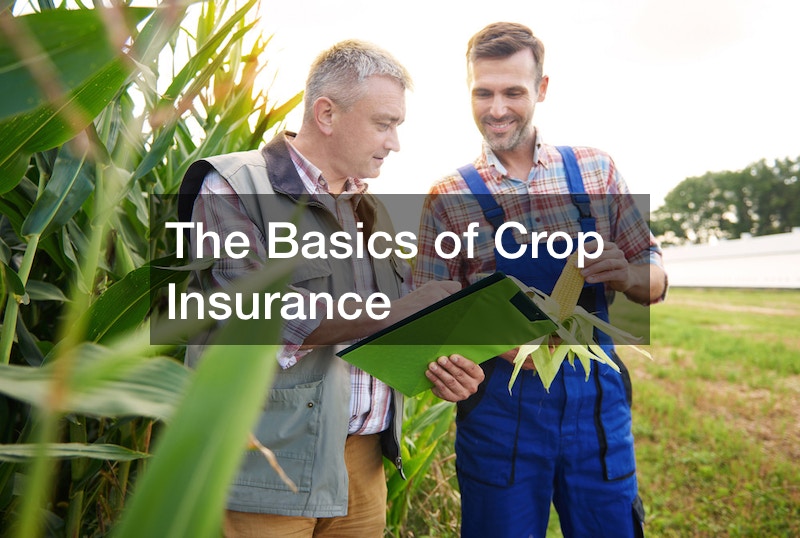
For anyone considering farming or interested in learning more about it, crop insurance is sure to come up. Just as with other aspects of life, insurance exists to protect the farmers from external forces. Crop insurance protects farmers against financial losses from crop failure or damage.
Here are the basics of this insurance:
Crop insurance covers various perils impacting crop production, such as drought, flood, hail, pests, and disease. There are different types of crop policies available, including yield-based and revenue-based policies. To purchase insurance, farmers work with insurance agents who can guide them through the process. These agents assist farmers in selecting the most suitable policy based on their specific needs and risk profile. They also help farmers with paperwork, filing claims, and understanding policy provisions.
Insurance premiums are the cost that farmers pay for coverage. The premiums are determined based on the type of policy, coverage level, historical yields, and the value of the insured crop. In the United States, the government provides subsidies to reduce the cost of crop insurance premiums for farmers, making insurance more affordable and accessible. If a farmer experiences a covered loss, they can file a claim. Then, an adjuster will assess the damage and determine the extent of the loss. The indemnity payment, which is the amount paid to the farmer, is based on the coverage level and the value of the crop that was lost.
Insurance is a necessity in so many aspects of our lives. Life as a farmer would be no different. With crop insurance, you can rest assured that the fruits of your labor won’t go to waste.
.




